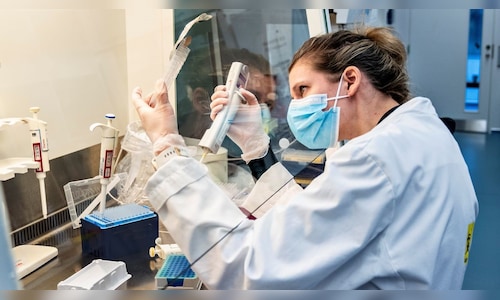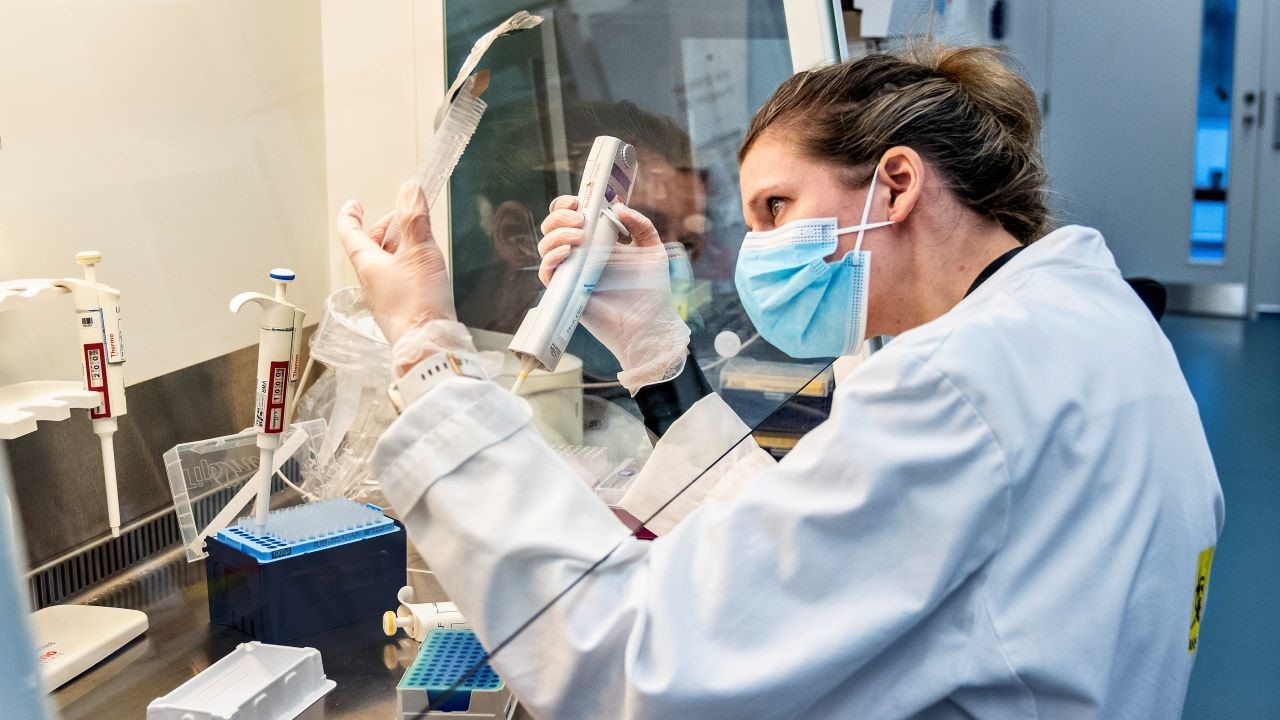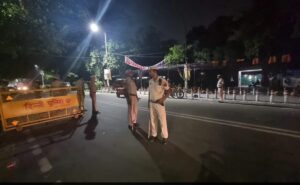

“We need not worry about HMPV unless a global health agency reports a genetic mutation in the virus. Without such a report, there is no reason to equate HMPV with coronavirus or COVID-19,” Gangakhedkar said.
The country’s top epidemiologist explained that even though HMPV has been around for many years, influenza A and H1N1 among others have garnered more focus from the researchers’ community because they are more lethal.
“This is because the severity of HMPV is not much. HMPV can only harm young children below five years who are yet to gain exposure or immunocompromised individuals, that too in rare scenarios. If longer illness persists among adults, there could be chances of developing pneumonia.”
He said the mortality or death rate from HMPV is not very high. “The mortality rate is not well-studied because it rarely caused deaths.”
Gangakhedkar, who was the face of India’s apex medical research agency during government briefings on COVID-19, told News18 that cross-sectional surveys have shown that 4 to 15 per cent of the population has antibodies against the virus in their blood samples.
“It means that the Indian population, aged between five and 65 years, has been exposed to this viral infection year after year, which is passed like any other common flu and illness. Hence, we are already protected against the so-called anticipated outbreak. The widespread panic surrounding coronavirus is overstated and exaggerated.”
Allaying fears of facing one more pandemic, he believes that the world is linking the winter-driven outbreak to COVID-19 because of two reasons. “First, it is China (the country from where COVID-19 originated) and second, it is December (the month when the first case of COVID-19 was reported). There is no other logical explanation.”
HMPV was discovered many years ago, he said, and “by now, it has travelled globally and is noticed majorly during the winter season. The symptoms of the virus include fever, cough and cold. It rarely causes pneumonia in healthy individuals”.
(Edited by : Sudarsanan Mani)



